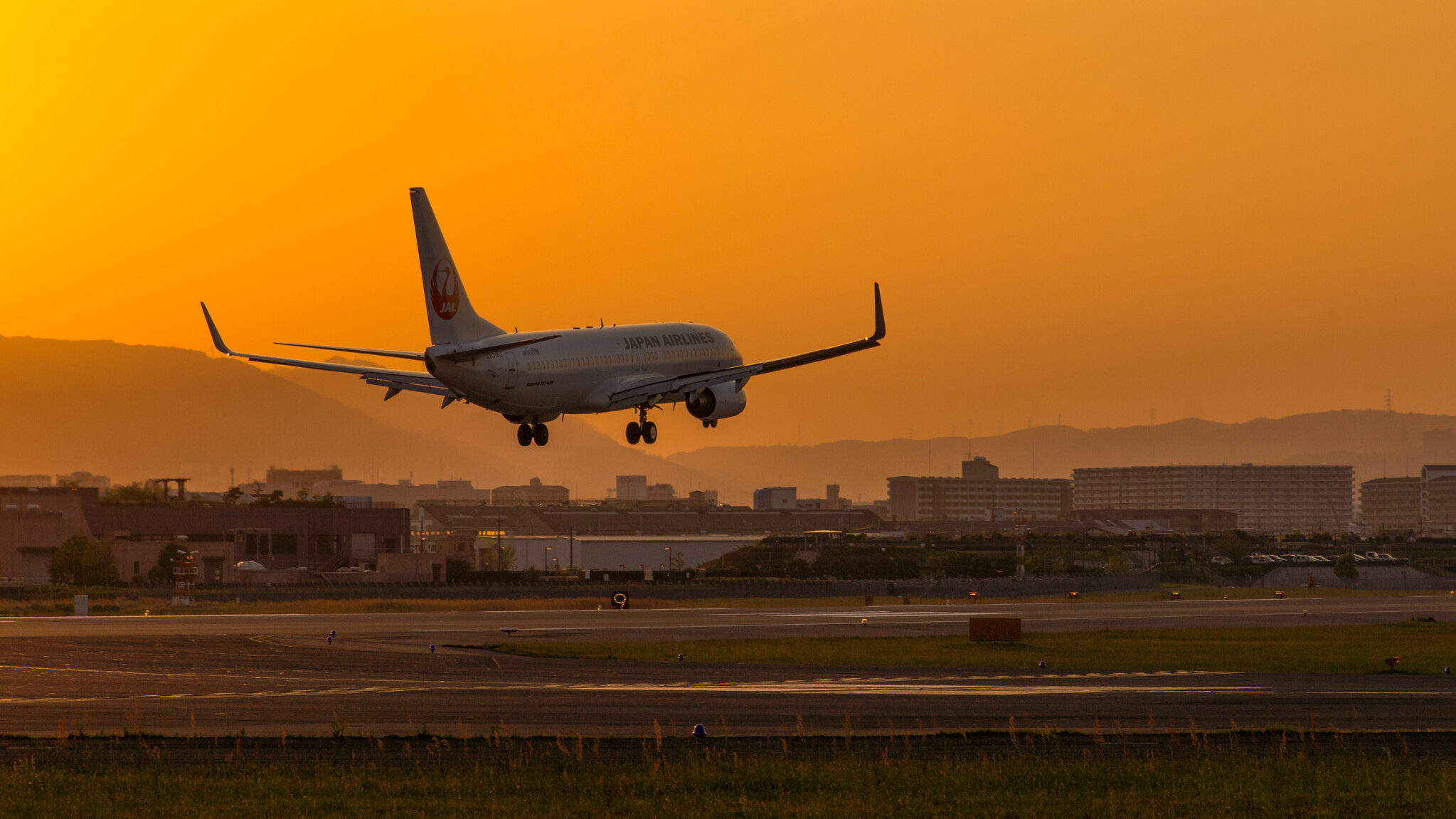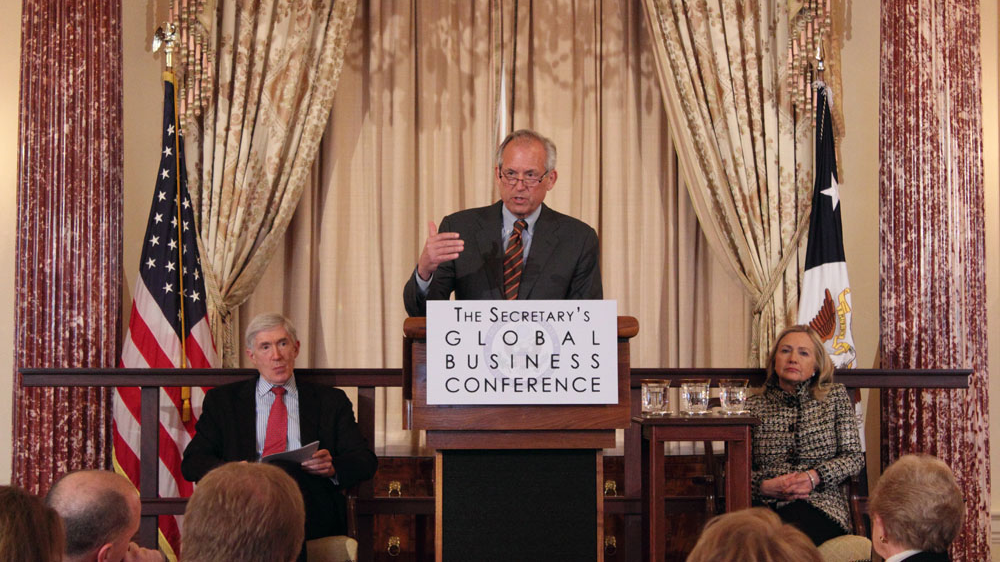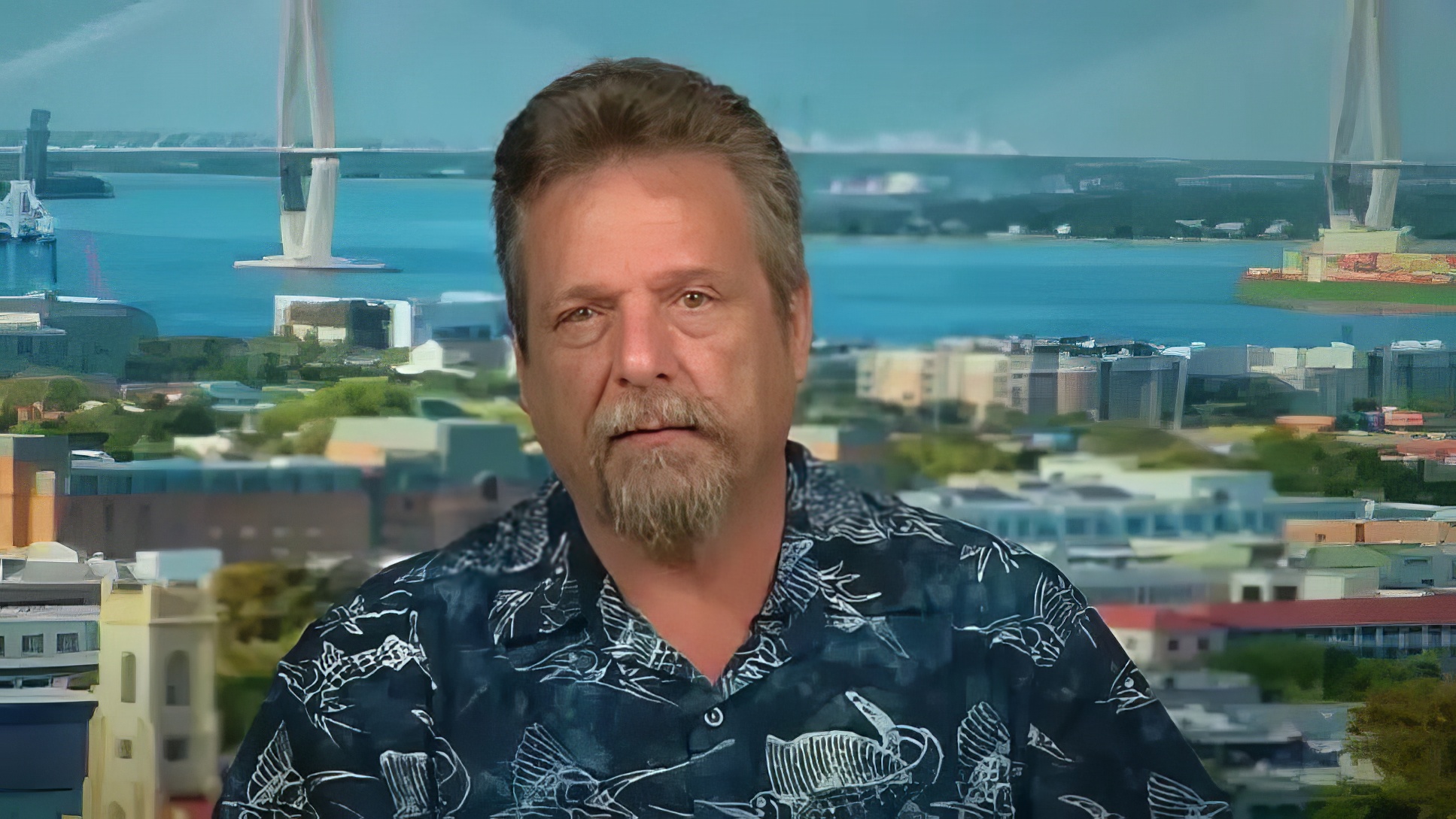The tragic death last month of John Barnett, a former Boeing employee who had denounced the company for its questionable safety practices, remains shrouded in a veil of mystery. Although the police and the aviation giant are calling his death a "suicide", friends and family members are questioning the story, while Boeing's planes continue to be riddled with defects.
In recent years, Boeing has been confronted with a series of troubling incidents, including the tragic Boeing 737 Max crashes in 2018 and 2019 that killed 346 people and forced authorities to prevent all flights of this aircraft model. Investigations revealed that the pilot assistance system was faulty and that its specific operation had not been communicated to pilots.
Following major adjustments by Boeing, the flight ban was lifted in November 2020. However, despite promises of reform and changes in management at Boeing, safety problems seem to persist. In March 2024, a wheel came off a plane just after takeoff, and in January, a door blew off an Alaska Airlines aircraft mid-flight.
Barnett, a Boeing worker for 32 years, had in 2017 denounced persistent safety problems at the Charleston, South Carolina plant where the 787 Dreamliner model is assembled. He was found dead in the parking lot of his Charleston hotel on March 9. It was the morning of the last day of his testimony in his lawsuit against Boeing for harassment and failure to comply with whistleblower laws.
A family friend, identified simply as Jennifer, told ABC4 in an interview in March that she had asked Barnett about his fears for his safety. The latter reportedly replied, "no, I'm not afraid, but if something happens to me, it's not suicide."
Supporting this perspective, Barnett's lawyers, Robert Turkewitz and Brian Knowles, told major US media that their client "was in good spirits and really looking forward to putting this phase of his life behind him and moving on. There was no indication that he would end his life. No one could believe it."

John Barnett's whistleblowing at Boeing had revealed a disturbing number of safety compromises. Barnett's first complaint, filed in 2016, exposed the careless installation of a damaged hydraulic tube in an aircraft. However, he met with resistance from management, who had asked him to hastily fill out paperwork relating to these anomalies without conducting thorough investigations.
He had also revealed major failures in the oxygen system on 25% of 787 aircraft, which might not activate in an emergency, and the presence of dangerous metal shavings near the flight controls, threatening to damage the wiring.
Boeing's troubles, however, began long before the air tragedies of 2018 and 2019. Since the late 1990s, senior management has implemented policies aimed at boosting the profitability of the company, which was posting lower profits than its competitors due to its emphasis on airplane engineering.
Jim McNerney, the central figure in this story, became Boeing's new CEO in 2005. He had previously worked for large financial conglomerates and the infamous McKinsey and Co. firm.
Unsurprisingly, under his leadership, Boeing has increased its reliance on subcontractors for aircraft manufacturing at the expense of its own expertise, concentrating on the final assembly of parts. Operations such as fuselage construction were sold off, creating suppliers such as Spirit AeroSystems in 2005.

In the wake of McNerney's arrival, Boeing teamed up with McKinsey & Co. in 2006 to, among other things, diversify its titanium suppliers. The recommendation of the firm's advisors? To source from India via a foreign partnership financed by an influential Ukrainian oligarch. The latter was known for his dubious practices and had openly expressed his intention to use bribes to influence the Indian authorities. Rather than refuse this proposal, Boeing actually considered it.
Following this, the multinational continued its partnership with the consulting firm. Several employees have testified on social networks such as Reddit or on the job search site Glassdoor that they regularly see their consultants in Boeing's offices. In a recent blog post, Mark Graban, an American consultant and author, reported an exchange with an employee of the aviation giant attesting that McKinsey had orchestrated a "quality day" in February 2024 at the plant where he works. However, it is impossible to confirm the firm's client list.
Finally, the circle began to take shape in 2009, with measures far from foreign to McKinsey's methods. Following a 58-day strike at its Washington State plants, Boeing decided to open a non-union plant in South Carolina to assemble the 787 Dreamliner. The company thus gave itself the means to pay lower wages, increase the pace of work, lower conditions, and avoid the risk of strikes, but above all, paved the way for the production of its deadly aircraft.
It's probably not by chance that it was there that John Barnett was able to observe the company's negligence, which, if those around him are to be believed, contributed to his death some ten years later.
- The government gives the reins of power to a private firm
- The Disturbing Evolution of McKinsey & Company
- Corruption and manipulation in public health policies
- Bankers in consultant’s clothing
- McKinsey’s shadow looms over Boeing whistleblower’s “suicide”
- McKinsey partner destroyed records to hide role in crisis


